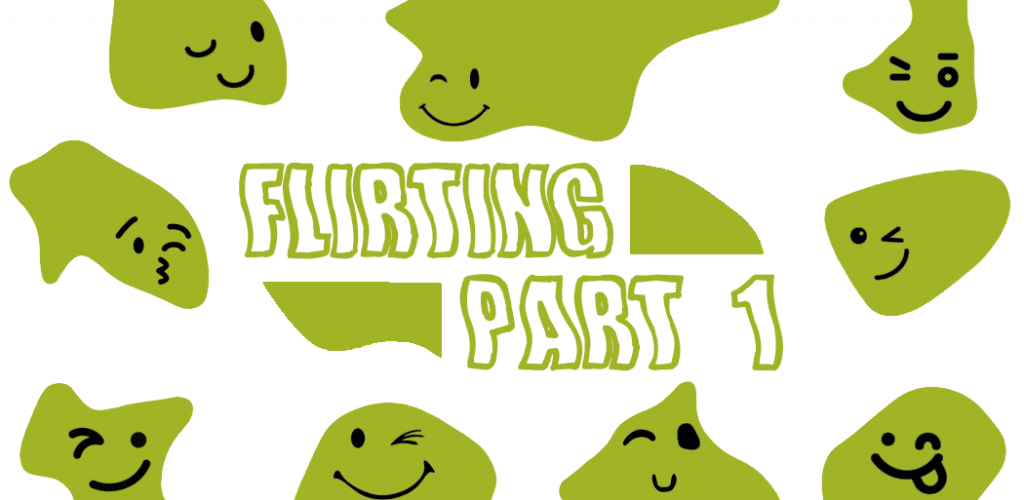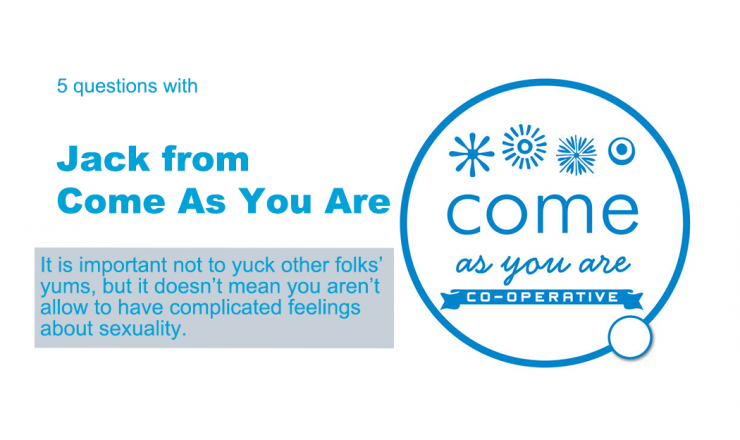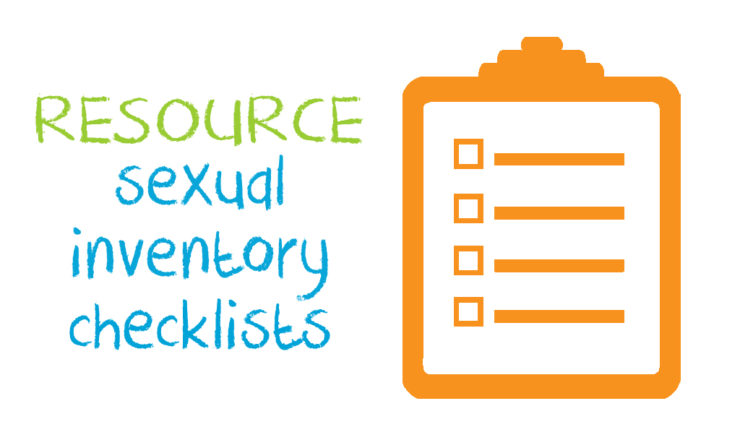

Flirting is how we communicate when we want to try to appeal to someone in a romantic or sexual way. It’s meant to signal to another person that not only have they caught our attention, but also that they might want to pay attention to us.
Just because that sounds pretty simple doesn’t mean that flirting is easy for everyone. Flirting is often not the most direct way of communicating interest, which leaves lots of room for people to second-guess how they are understanding someone else’s words or actions.
In this series we’re going over how people might want to think about interacting with a crush. This post will cover ways we can understand and define flirting, with future posts covering what isn’t flirting, and ways people can try to flirt with their crushes. Let’s go!
Flirting is communication. It’s what you say, your body language, and even things you do for other people. And just like how we talk differently to our best friends than we do to our grandparents or a doctor, flirting might look different depending on where you are, how you know each other, your cultural backgrounds, etc.
Here are some of the different categories people use when talking about flirting styles:
This is generally a very formal style of flirting, and often strongly gendered for hetero/straight couples. Stereotypically this is where a guy asks out a girl, and maybe pays for dinner and brings flowers. Some people like this style because it is defined as “romantic behaviour,” and may be easier for people to understand each other’s intentions. Other people might find it corny or out-dated.
Being polite usually involves being nice to each other, offering kind words or assistance. Polite behaviour can help people feel comfortable around each other, but other people might feel it’s a bit unnatural for them.
This flirting style typically revolves around giving compliments. When we compliment someone, it is meant to boost their mood and ours. Sounds simple, but not everybody is great at knowing when or how to give compliments. So, a few notes about compliments:
Flirting can be a lot of fun! Some people get a special feeling or energy from flirting, and in some cases find that it helps make certain situations or interactions go more smoothly. This style might not work for people who find flirting exhausting, or who have a hard time separating when flirting is serious or when it’s just for fun.
Touching someone else is a way of building a physical connection to go with an emotional one. Remember, it’s important to ask for someone’s consent before touching them (“Can we hug?”). It’s also helpful to remember that physical touch means different things for different people, so it’s best not to ask each other to be on the same page (e.g. some people kiss just to kiss, some people kiss with hoping it leads to more).
Flirting is always done for a reason. Maybe that reason is to start a relationship, or to have fun, or to lead to sex, or to get free snacks at a movie theatre. Whatever the motivation is, people tend to keep their true reason or feelings to themselves. Some people find this helpful when trying to gauge someone’s interest in relationship/hookup/etc. Some people find the lack of openess hard to interpret. It can be helpful to understand what works for you, so you can bring that knowledge and energy to your future flirtations.
Remember, flirting is a way of communicating between people who are romantically or sexually attracted to each other. The goal of the people involved is to stand out to each other, and also to demonstrate that you’ll enjoy spending more time together. On top of showing off, flirters need to show that they are able to listen to each other, be respectful of boundaries, and be aware of how they’re impacting the people around them. If you feel unsure if someone wants to flirt or what their boundaries are, it’s always a good idea to ask!
If you have questions about this topic, feel free to contact one of our peer educators. [Link]
Last Updated: April 2020

Remembering to take your birth control pill at the same time every day can be tricky. This post covers what people can do in the event that they are late/forget taking a pill.

We chat with Jack from Come As You Are about working in a Toronto sex cooperative!

Do you have a hard time talking about sex? Try out these sex/relationship checklists with your partners to help start a conversation!